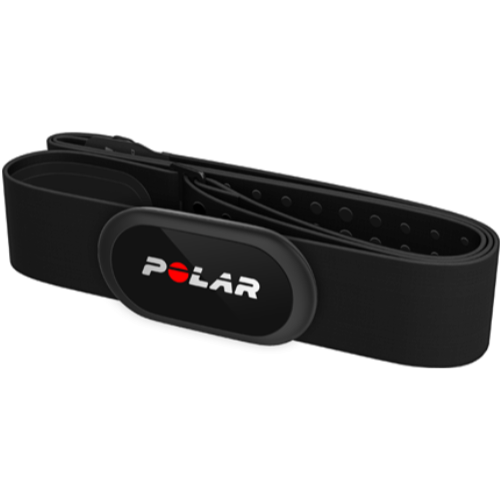How to Measure HRV With PPG and Pulse Oximetry Devices
Meaningful heart rate variability calculations require accurate measurement of the time between each heart beat. Unfortunately, most wrist bands and watches that use LED/Pulse Oximetry type sensors are not accurate enough yet to capture the exact R-wave peak. Technology has advanced to where these devices can accurately measure basic heart rate now, but that is because heart rate is not sensitive to the tiny changes the way that HRV is.
As an example: If your heart rate is 60 beats per minute, your heart could be beating once per second. In this case, if you were measuring the time between each beat in seconds, it would be 1s, 1s, 1s, 1s, 1s. OR… Your heart could be alternating speeds – something like: 1.17, 0.97, 0.83, 1.03. Either way, your basic heart rate could still be 60 beats per minute. But your heart rate variability would be significantly different in these two scenarios.
Many devices aren’t built to measure HRV, so they simply smooth out, or average, the R-R intervals to make it easier to report basic heart rate.
For accuracy, we strongly recommend the Polar H10 HRV monitor or another compatible heart rate chest strap listed above. We are continuously researching the application of wrist HR monitors, pulse oximetry, finger sensor, ear clip and other options. When we are satisfied with accuracy and quality of these devices, we will let you know.
